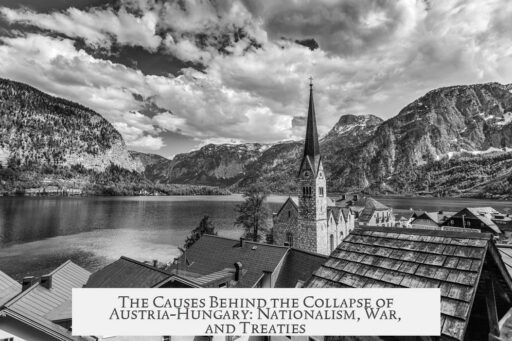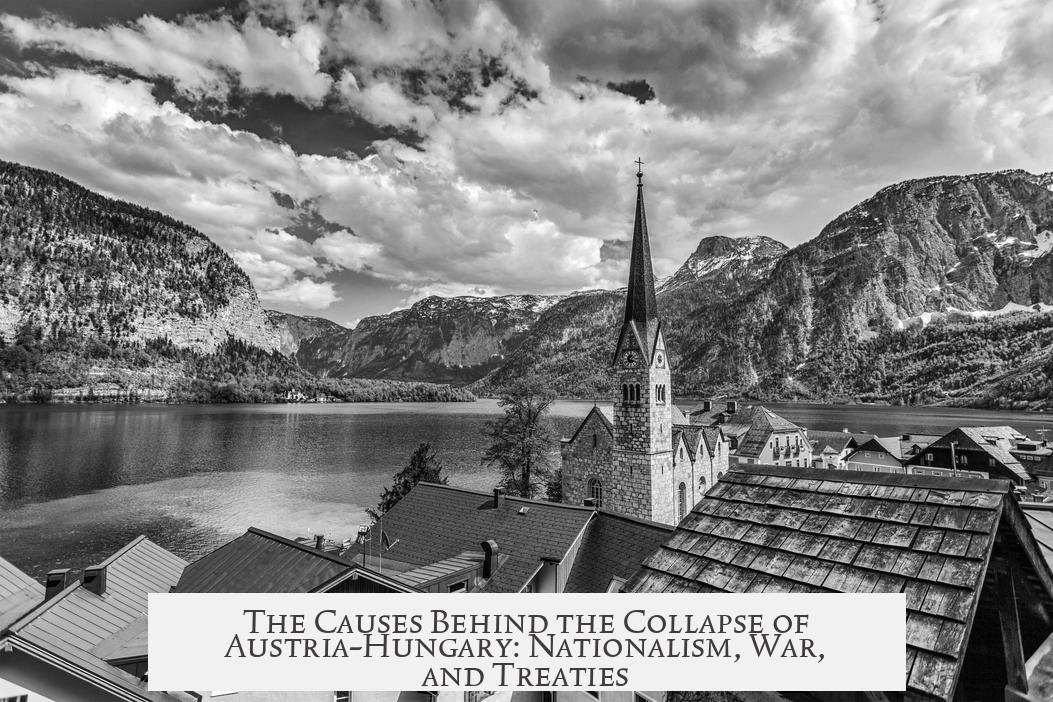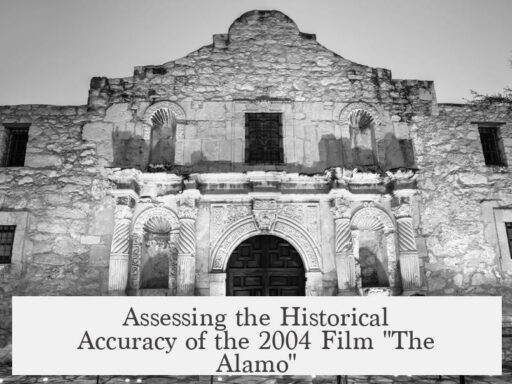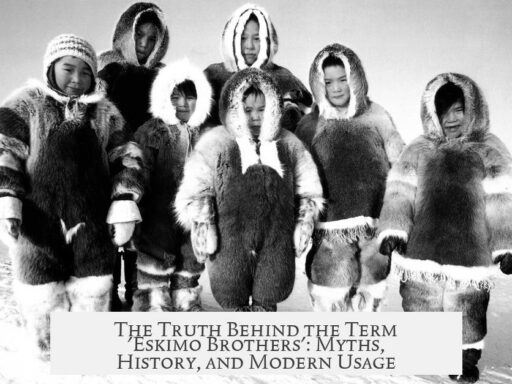The collapse of Austria-Hungary results primarily from the rise of nationalism, especially Slavic nationalism, combined with the pressures of World War I and the post-war treaties that redrew Central Europe’s borders.

Nationalism poses a central threat to the Austro-Hungarian Empire. Slavic groups within the empire strongly push for autonomy or union with ethnically similar states. This nationalist tension grows markedly after Austria-Hungary annexes Bosnia and Herzegovina in 1908. The empire fears that Bosnia would unify with Serbia, forming a powerful Slavic entity that threatens its stability. This annexation exacerbates tensions between Austria-Hungary and Serbia.
The assassination of Archduke Franz Ferdinand by a Serb nationalist triggers World War I, marking Austria-Hungary’s aggressive stance toward Serbia. The empire bombards Belgrade after Serbia rejects its ultimatum, involving Russia, Germany, and other powers. Slavic nationalism intensifies during wartime, particularly in military campaigns in Serbia. By 1918, the mounting internal and external pressures cause the monarchy to collapse.
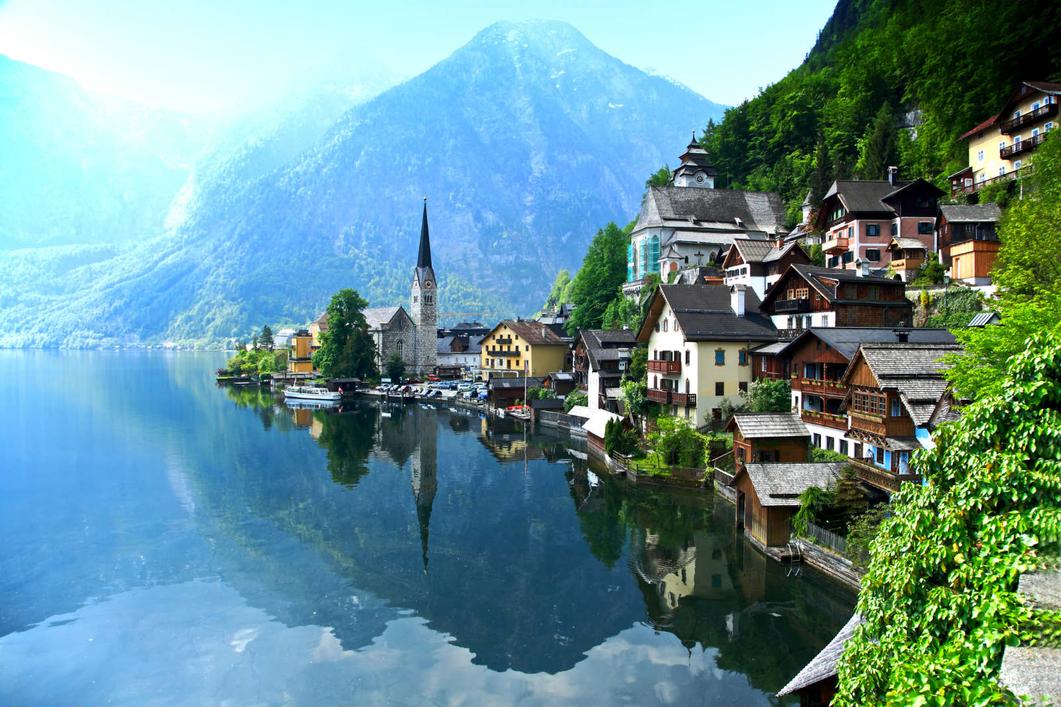
Following the war, the principle of national self-determination outlined in U.S. President Woodrow Wilson’s Fourteen Points substantially influences the region’s reorganization. Ethnic groups move quickly to establish independent states. Hungary declares independence in November 1918, creating the Hungarian Democratic Republic. Similarly, Czechoslovakia and a pan-Slavic state called the Kingdom of Yugoslavia emerge from former Austro-Hungarian lands. These nationalist movements make the empire’s continuation impossible.
The Treaty of Saint-Germain-en-Laye in 1919 formally dissolves Austria-Hungary by recognizing the independence of these new nations. The treaty also reallocates territories: Bukovina goes to Romania, Galicia and Lodomeria to Poland, Italy gains the Austrian coastline and South Tyrol, and Austria returns its small colonial possession of Tianjin to China.

| Cause | Effect |
|---|---|
| Rise of Slavic nationalism | Threatened empire stability, caused tensions with Serbia |
| Annexation of Bosnia and Herzegovina | Increased Serbian hostility, contributed to WWI outbreak |
| WWI and assassination of Archduke Ferdinand | Accelerated decline, intensified nationalist movements |
| Wilson’s self-determination policy | Facilitated creation of new states, ended multiethnic empire |
| Treaty of Saint-Germain-en-Laye | Recognized new borders and independence of nations |
- Slavic nationalism undermined empire cohesion.
- Conflict with Serbia sparked World War I, weakening the empire.
- Post-war treaties endorsed national self-determination.
- New countries formed from Austro-Hungarian territories.
- Austria-Hungary ceased to exist by 1919 officially.
What Caused the Collapse of Austria-Hungary?
The collapse of Austria-Hungary boils down primarily to the unstoppable rise of nationalism, especially Slavic nationalism, combined with the impact of World War I and the reshuffling of borders through post-war treaties focusing on self-determination. Let’s unpack this tangled web of history with clarity and a dash of humor—because even empires falling apart can be fascinating when you look at the details.

Austria-Hungary in the early 20th century looked like a brilliant patchwork quilt—diverse peoples stitched together, held by a somewhat fragile imperial thread. But beneath this patchwork, simmering tensions brewed, especially among Slavic groups who yearned for more than just symbolic recognition.
Nationalism: The Slow Cooker of Collapse

Nationalism, often the spark behind major upheavals, is especially spicy in the Austro-Hungarian context. Slavic nationalism, in particular, poked at the empire’s seams. Imagine having dozens of ethnicities under one crown, some feeling like unwelcome guests at a persistent family reunion.
One vivid example is the 1908 annexation of Bosnia and Herzegovina. Austria-Hungary snatched this territory mainly out of fear. Why? They dreaded that Boshniaks and Serbs would unite and create a powerful pan-Slavic state just next door. This would spell serious trouble for imperial stability—sort of like inviting the neighborhood watch to a party you don’t want watched.

The annexation didn’t exactly calm the waters; it poured fuel on a fiery pot of ethnic frustration.
World War I and the Nationalism Detonation
Fast-forward a bit to the assassination of Archduke Franz Ferdinand in 1914 by a Serbian nationalist—an event that triggered a disastrous chain reaction. Austria-Hungary’s response? Bombarding Belgrade after issuing an ultimatum that Serbia couldn’t or wouldn’t accept. This wasn’t just a diplomatic quarrel; it was a power play aimed at crushing Serbian nationalism once and for all.
The fallout was massive. Russia joined in to back Serbia, Germany stood with Austria-Hungary, and soon the whole continent was embroiled in war. This was less “friendly neighborhood disagreement” and more “all hands on deck” chaos.
During the war, Slavic nationalism didn’t hibernate. Instead, it intensified, especially in the devastating Austro-Hungarian military campaigns in Serbia. National pride became a rallying cry. The monarchy creaked under this pressure and finally collapsed in 1918.
Post-War Treaties: Nationalism Gets a Green Light
Here’s where it gets really interesting. After the war, the victorious powers faced the puzzle of how to manage all those diverse ethnic groups formerly jammed under Austria-Hungary. Enter U.S. President Woodrow Wilson’s famous Fourteen Points, which championed self-determination—giving peoples the right to decide their own governance.
This principle was like handing out keys to new front doors across the region. Suddenly, groups that had long felt ignored could establish their own countries. Austria-Hungary didn’t just crack—it shattered.
By late 1918, this process was underway:
- On October 28, the National Council in Prague proclaimed the First Czechoslovak Republic.
- By November 16, Hungary declared independence, founding the Hungarian Democratic Republic under Count Mihály Károlyi after the Aster Revolution.
- And by December 1, a delegation representing Slovenes, Croats, and Serbs proposed uniting under Serbian regency, leading to the creation of the Kingdom of Yugoslavia.
The Treaty of Saint-Germain-en-Laye in September 1919 made all these changes official. Austria had to accept these new borders and nations, essentially agreeing that the old world order was no more.
Territorial Reshuffling: Pieces of the Former Empire Find New Homes
What happened to the land? Austria-Hungary’s territory got divvied up like a post-party pizza box. Romania snagged Bukovina, while Galicia and Lodomeria returned to a reborn Poland. Italy grabbed the Austrian coastline and the German-speaking South Tyrol, motivated by strategic reasons and maybe a little cheese-induced territorial envy.
Even Austria lost what you might call a tiny “prestige project” colony: the Chinese city of Tianjin. Diplomatically speaking, Tianjin was like the imperial equivalent of a souvenir keychain—nice, but not worth keeping when things get complicated.
Why Does This Matter Today?
The fall of Austria-Hungary offers us a powerful lesson about trying to hold together diverse communities under a rigid empire. It’s a reminder that nationalism is a potent force and that ignoring national identities can lead to monumental instability.
For modern readers, navigating multicultural states or unions means balancing unity without suffocating local identities. The Austro-Hungarian collapse warns against putting all your faith in old institutions without adapting to the rising demands of the people.
Wrapping Up With a Question
Could Austria-Hungary have survived if it embraced nationalism instead of fighting it? Perhaps the empire could have transformed into a federal state respecting all national aspirations—though history didn’t give that script a fair shot.
What’s clear is this: the *collapse* was not sudden like a lightning strike; it was the result of years of building tensions, war pressures, and finally, international agreements recognizing the will of the people involved. Nationalism set the stage, war lit the fire, and treaties sealed the fate.
Austria-Hungary’s story remains a compelling chapter in history—proof that in the game of empires, ignoring the voices of your people is a risky bet.
What role did Slavic nationalism play in the collapse of Austria-Hungary?
Slavic nationalism created strong divisions within the empire. Many Slavic groups wanted independence or unification with Serbia. This weakened Austria-Hungary’s control and fueled internal conflicts.
Why was the annexation of Bosnia and Herzegovina significant?
Austria-Hungary annexed these regions in 1908 to prevent their unification with Serbia. This heightened tensions and fears of a strong Slavic state that could challenge the empire’s stability.
How did World War I contribute to Austria-Hungary’s fall?
The war deepened ethnic tensions. After the assassination of Archduke Franz Ferdinand by a Serb nationalist, Austria-Hungary attacked Serbia. This conflict widened into a larger war and intensified nationalist movements inside the empire.
What impact did Woodrow Wilson’s Fourteen Points have after the war?
Wilson’s principles supported self-determination for ethnic groups. This encouraged the breakup of the empire and the formation of new nations based on their national identities.
Which new states emerged after Austria-Hungary collapsed?
New countries like the Kingdom of Yugoslavia, Czechoslovakia, Hungary, and Austria formed. Borders were redrawn, and many territories were assigned to neighboring nations per the postwar treaties.
